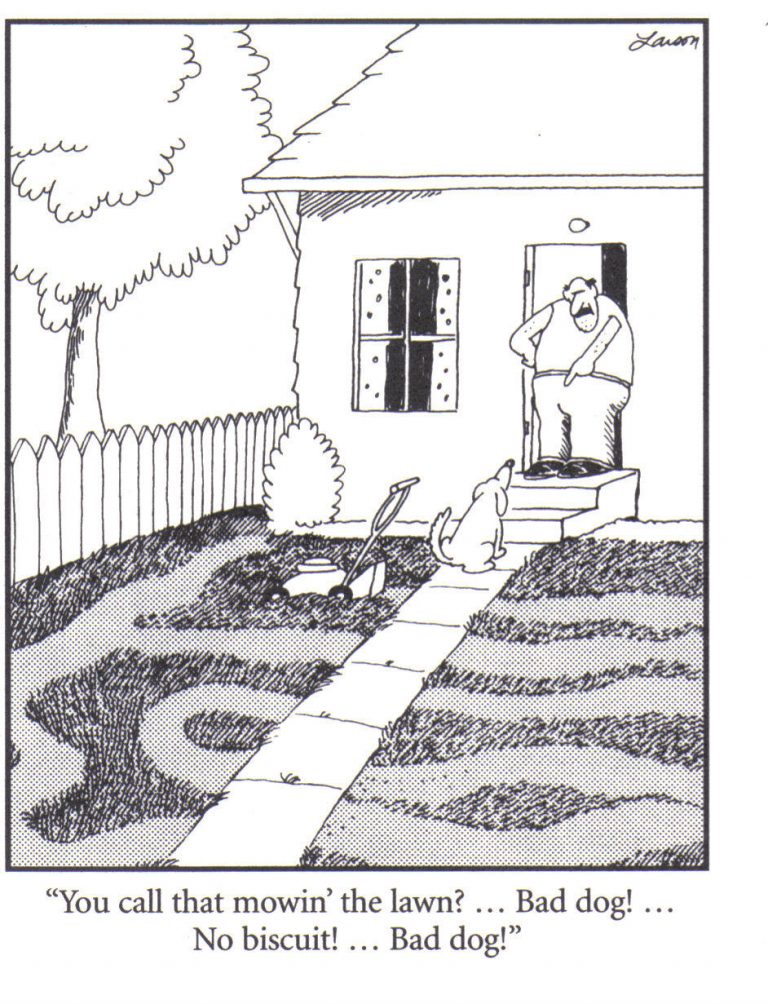Bad dog. No biscuit.
Teaching that empowers the learner.
I don’t know about you, but when I first started getting interested in teaching dogs things, I would get frustrated with training and demo videos that only showed perfectly behaved dogs who obviously knew what they were doing and never showed the dogs getting it wrong, making mistakes*. What if my dog doesn’t yet know how to do it right? How are you supposed to learn how to do it right if you don’t know what to do when your dog gets it wrong?
Now that I find myself making demo videos, I sometimes hear comments like “my dog isn’t that well behaved” or “my dog would just steal the food” or “my dog wouldn’t be able to stay still like that.” So if you’re getting frustrated with your “imperfect” dog, what do you do when he “does it wrong”?
What if we changed the premise? In other words…
Do you really need to get it wrong to learn to do it right?
Just like people, dogs have personalities**. Some are bold adventurers and seem oblivious to blunders. Some are sensitive perfectionists and are crushed by disappointment. Some are determined workaholics and undeterred by failure. But no matter your personality, nobody likes getting it wrong.
One of the awesome benefits of teaching with food, toys and social interaction to positively reinforce behaviors is that the thing your dog learns becomes fun to do. A cue is an opportunity not to be missed, not a command to be obeyed (or else). Our dogs are actively trying to obtain reinforcement through us (food, toys, attention, access to pee mail…), not avoid punishment from us (pain, scolding, removal of attention, food, toys, sniffing opportunities…).
I love it when my dog gets it right because I get to give her what she wants. It makes me happy to see her happy!
When we get to celebrate our success together, that’s positive reinforcement working on both of us!
This means asking your dog to do something you know he will likely get wrong sets both of you up for failure. That’s not efficient learning, that’s frustrating – or discouraging, or infuriating, depending on your personality.
When I’m teaching a new skill, I try hard to set the dog (and myself!) up to succeed, not to fail. This is not learning through trial and error, but learning by repeatedly getting it right! My intention is always to create a situation where the dog can win. From the start. Learning SHOULD look like the dog knows what he’s doing. It’s our job as teacher to make that happen.
Especially if you’re trying to teach your dog to “stop” doing something (jumping up, stealing food, pulling on leash, mugging your treat pouch…), focus on what you want instead. Reinforce (with cookies, toys, attention…) being “right” – a lot! – BEFORE your dog has a chance to fail and get it “wrong.”
But what if he does “get it wrong”? Does that mean I never step on a dropped treat, close a door on a dasher or pull away my treat pouch? No. But that’s preventing an unwanted behavior in a potentially unsafe situation (just as important), it’s not how I teach what I want.
Next time you find yourself pulling away food, pushing away your dog or repeatedly asking for a behavior your dog won’t do, ask yourself,
“What can I do so we both get what we want?”
“How can I make this less frustrating for both of us?”
“Have I really given him enough positive feedback for what I DO want?”
When your dog gets it “wrong,” it’s a sign you’ll need to figure out how to change the situation so he can get it right. Again and again. And again.
Perfect practice makes (the illusion of being) perfect.
***
*I am talking about videos by force-free, positive reinforcement-based trainers. I know there are videos showing dogs getting it “wrong” deliberately and being “corrected” with aversive tools to apply positive punishment. Don’t watch those. They will make you sad.
** Yes, I am unashamedly anthropomorphizing. I blame Gary Larson.
IMAGE ATTRIBUTION
Cartoon by Gary Larson.



